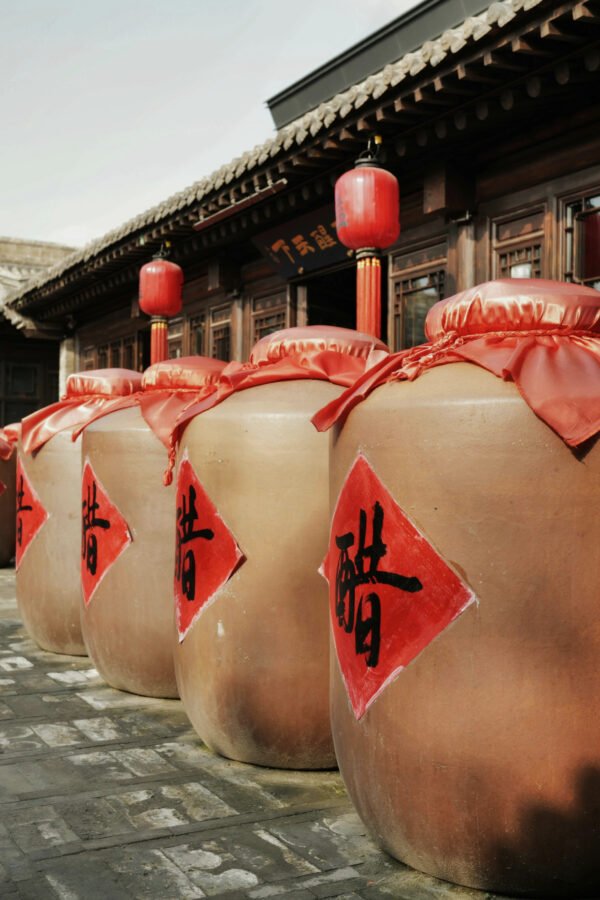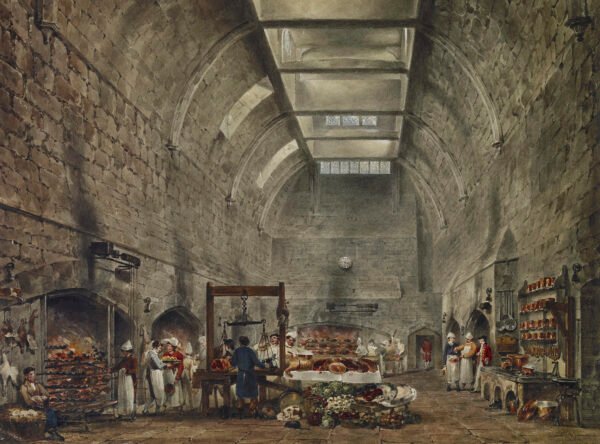No products in the cart.
Culinary Science & Innovation: How Technology is Reshaping Flavor & Technique
Long before fire transformed raw ingredients into meals-the pursuit of culinary mastery has always been intertwined with innovation.
From ancient fermentation techniques to today’s precision-controlled cooking methods, technology has long been a silent collaborator in the kitchen—unlocking new textures, intensifying flavors, and reshaping how we experience food.
At Palette Synthi™, we explore how modern gastronomy isn’t just about cooking—it’s about scientific artistry, where sous vide, molecular gastronomy, and AI-driven culinary techniques are redefining the future of flavor.
The Evolution of Precision Cooking: Sous Vide
From Discovery to Culinary Staple
Imagine a steak cooked to perfection—not by guesswork, but by precision. Sous vide, meaning “under vacuum,” transforms cooking into a science, locking in juices, intensifying flavors, and ensuring flawless doneness.
Though now a staple of fine dining and home kitchens alike, sous vide’s journey from scientific discovery to culinary revolution spans centuries.

Benjamin Thompson (Count Rumford)

Georges Pralus
(1) Benjamin Thompson (Count Rumford), 1799 – A pioneering physicist and inventor, Count Rumford observed the benefits of low-temperature cooking while experimenting with food-drying technology. His studies laid the groundwork for modern slow-cooking techniques and thermal efficiency in cooking.
(2) Georges Pralus, 1970s – French chef Georges Pralus revolutionized modern cooking by refining the sous vide technique, ensuring precise temperature control for unparalleled flavor retention and consistency. His innovation transformed fine dining and culinary science.
- 1799: Physicist Benjamin Thompson (Count Rumford) observed the benefits of low-temperature cooking while experimenting with food-drying technology.
- 1960s: Engineers in France and the U.S. developed heat-stable plastic pouches, setting the foundation for modern sous vide.
- 1970s: French chef Georges Pralus refined the technique for consistency and unparalleled flavor retention.
Why Sous Vide Changed Cooking
- Precision Cooking → No risk of overcooking, ensuring edge-to-edge perfection.
- Enhanced Flavor Retention → Sealing ingredients locks in natural juices and aromatics.
- Unmatched Tenderness → Breaks down proteins gently, making meats incredibly succulent.
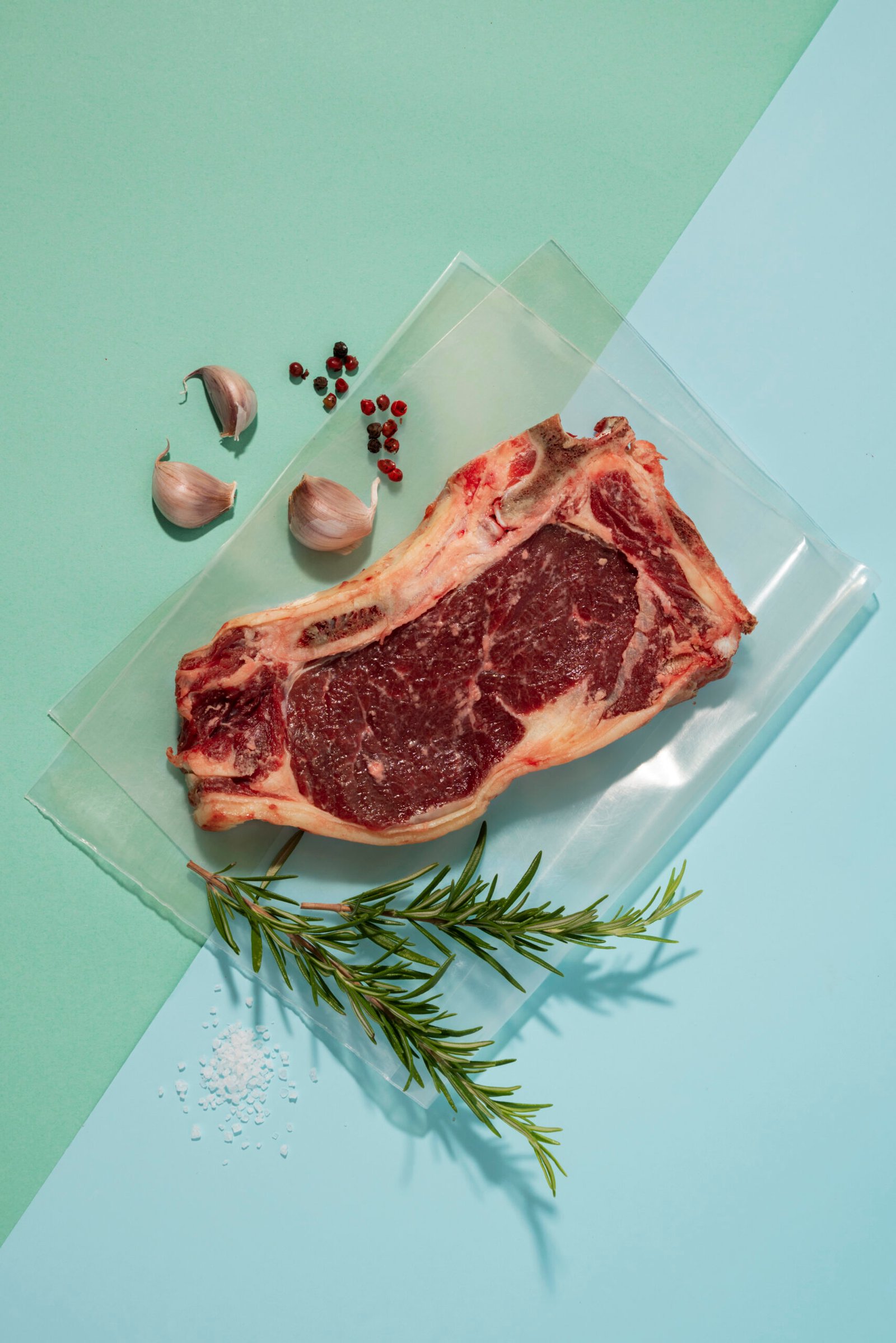
Sous Vide: Precision Cooking at Its Finest – By vacuum-sealing and slow-cooking at precise temperatures, sous vide ensures evenly cooked meats with unmatched tenderness. This technique, once reserved for professional kitchens, has revolutionized home cooking by making restaurant-quality results accessible to all.
💡 Sous vide is the art of perfect doneness—flawlessly pink steak, velvety fish, and tender vegetables infused with pure flavor.
Molecular Gastronomy: Science as Culinary Art
A New Era of Culinary Transformation
Culinary transformation has always been part of history—from fire-roasting to fermentation. But molecular gastronomy doesn’t just enhance cooking—it rewrites its rules.
Pioneered in the 1980s by physicist Nicholas Kurti and chemist Hervé This, this discipline applies scientific principles to food, unlocking flavors and textures that challenge our expectations.
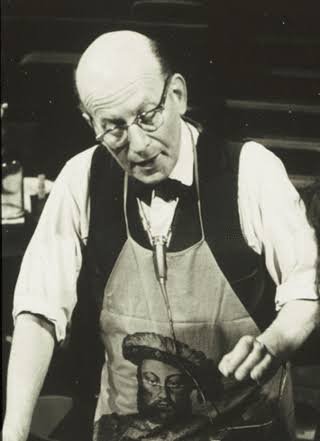
Nicholas Kurti
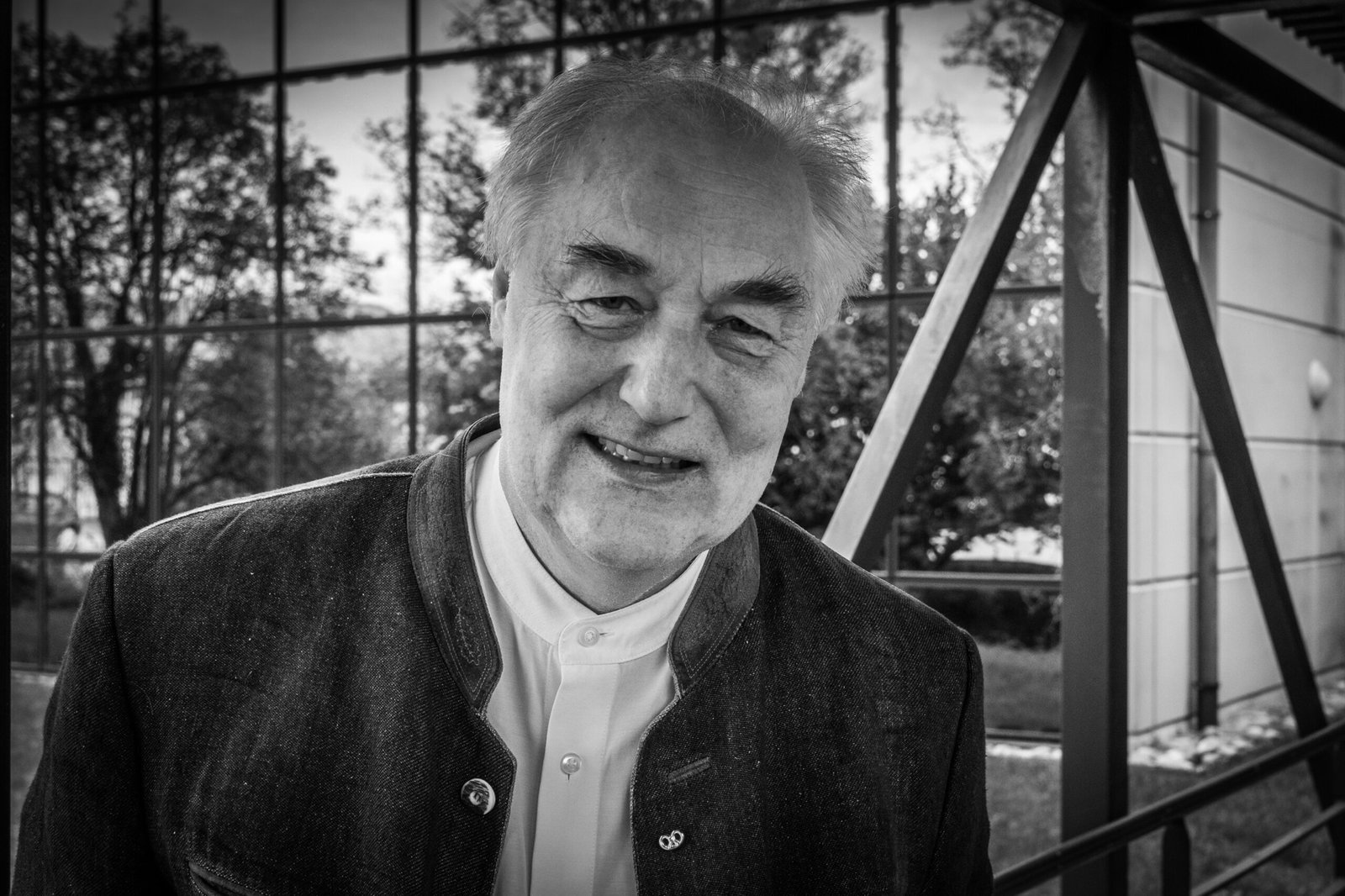
Hervé This
(1) Nicholas Kurti – A physicist with a passion for cooking, Nicholas Kurti explored the science behind food, famously lamenting that “we know more about the temperature inside stars than inside a soufflé.” His work laid the foundation for molecular gastronomy, emphasizing precision in cooking.
(2) Hervé This – A pioneering chemist, Hervé This expanded the field of molecular gastronomy by decoding the chemistry of cooking. Through scientific experimentation, he developed innovative techniques that transformed modern cuisine, from foams to emulsions.nd thermal efficiency in cooking.
Key Techniques in Molecular Gastronomy
- Foams & Airs → Creating ethereal, cloud-like textures using stabilizers.
- Flash Freezing → Employing liquid nitrogen for dramatic, ultra-crisp textures.
- Spherification → Encapsulating liquids into caviar-like spheres that burst with intense flavor.
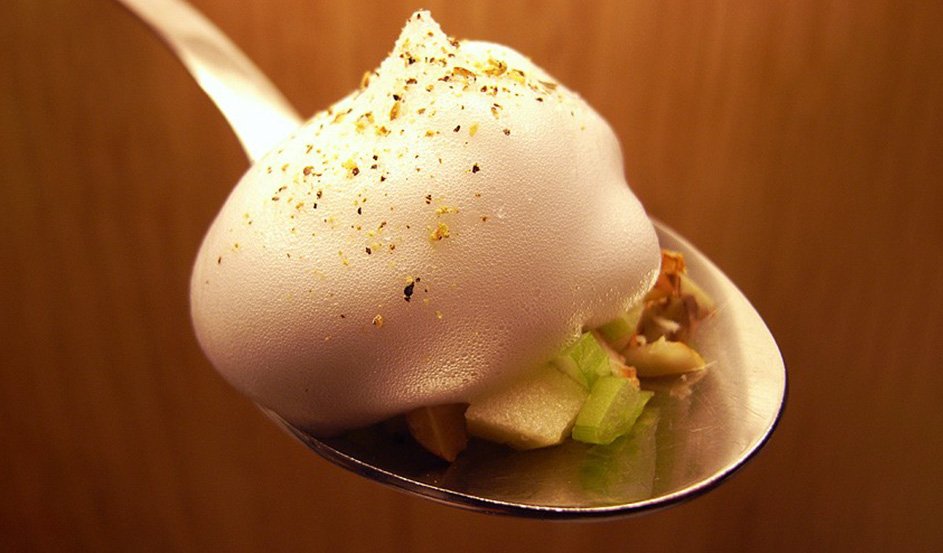
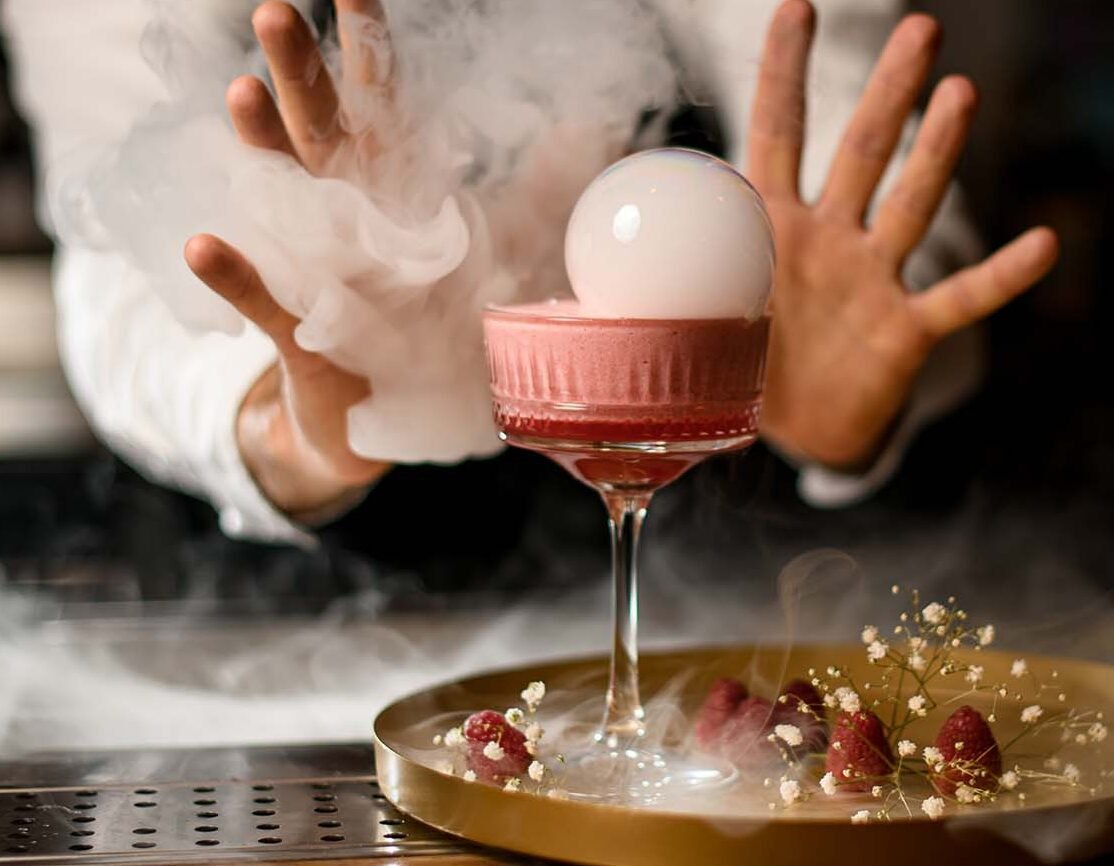
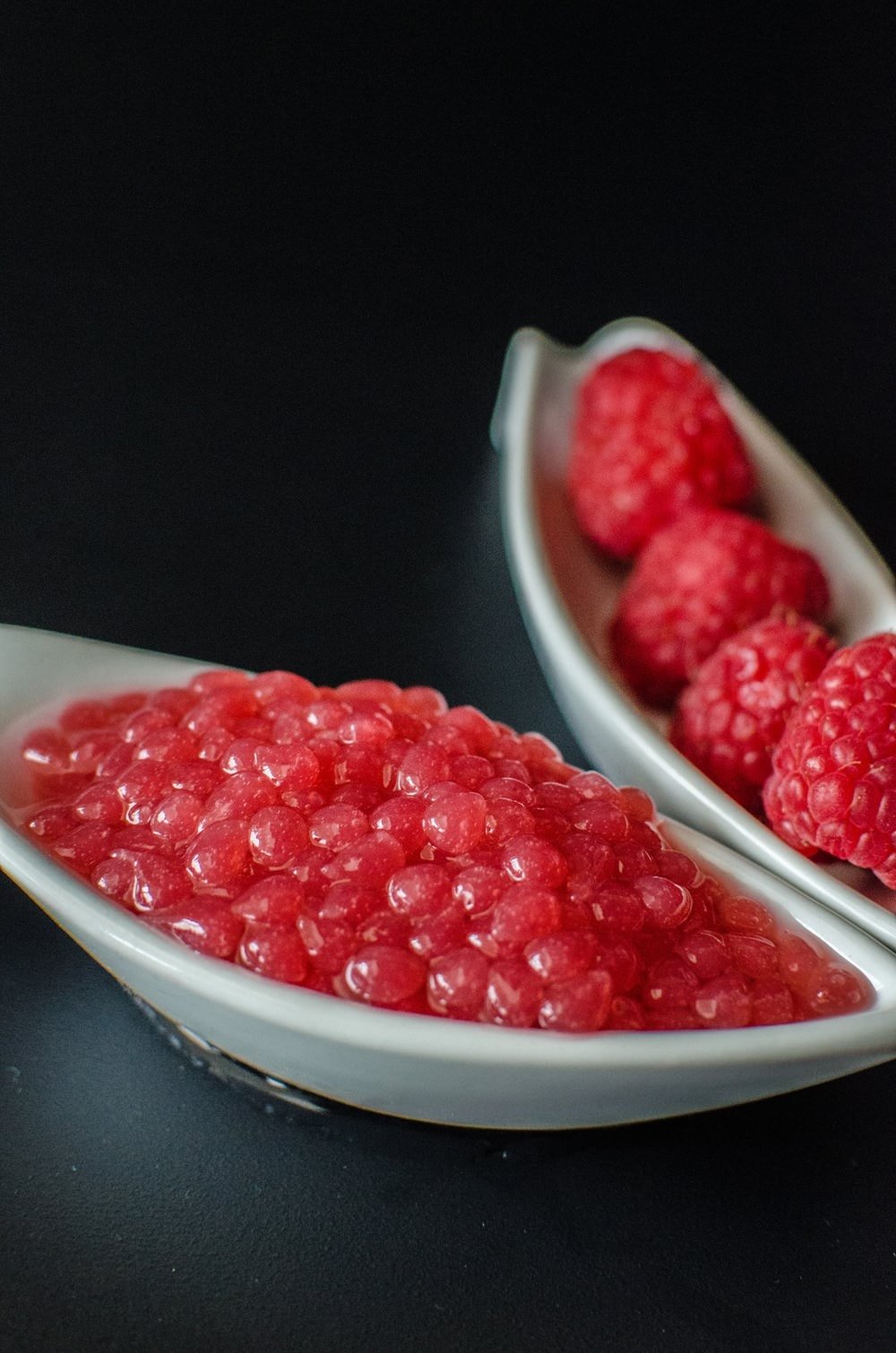
(1) Foams & Airs – Light, airy, and ephemeral—foams created with stabilizers add a velvety texture and enhanced aroma, transforming familiar flavors into a new sensory experience.
(2) Flash Freezing – Liquid nitrogen instantly freezes ingredients, creating ultra-crisp textures while preserving freshness. This dramatic technique adds both spectacle and innovation to modern gastronomy.
(3) Spherification – Delicate, caviar-like spheres encapsulate flavorful liquids, bursting on the palate with a burst of intensity—an iconic technique of molecular gastronomy pioneered by Ferran Adrià.
💡 Imagine a Caprese salad where a delicate sphere replaces the tomato—bursting in your mouth with pure, concentrated essence. This is molecular gastronomy at its finest.
Cultural Adaptations & Global Influence
While molecular techniques originated in high-end European kitchens, chefs worldwide are incorporating these innovations into regional cuisines, blending science with cultural tradition.
- Japan: Master Kaiseki chefs like Niki Nakayama integrate sous vide precision into traditional multi-course meals, maintaining harmony and seasonality.
- United States: Pioneers like Wylie Dufresne use molecular gastronomy to deconstruct classic American dishes—like eggs benedict with fried hollandaise spheres.
- Spain: Ferran Adrià (El Bulli) revolutionized dining by introducing foams, spherifications, and textural play.
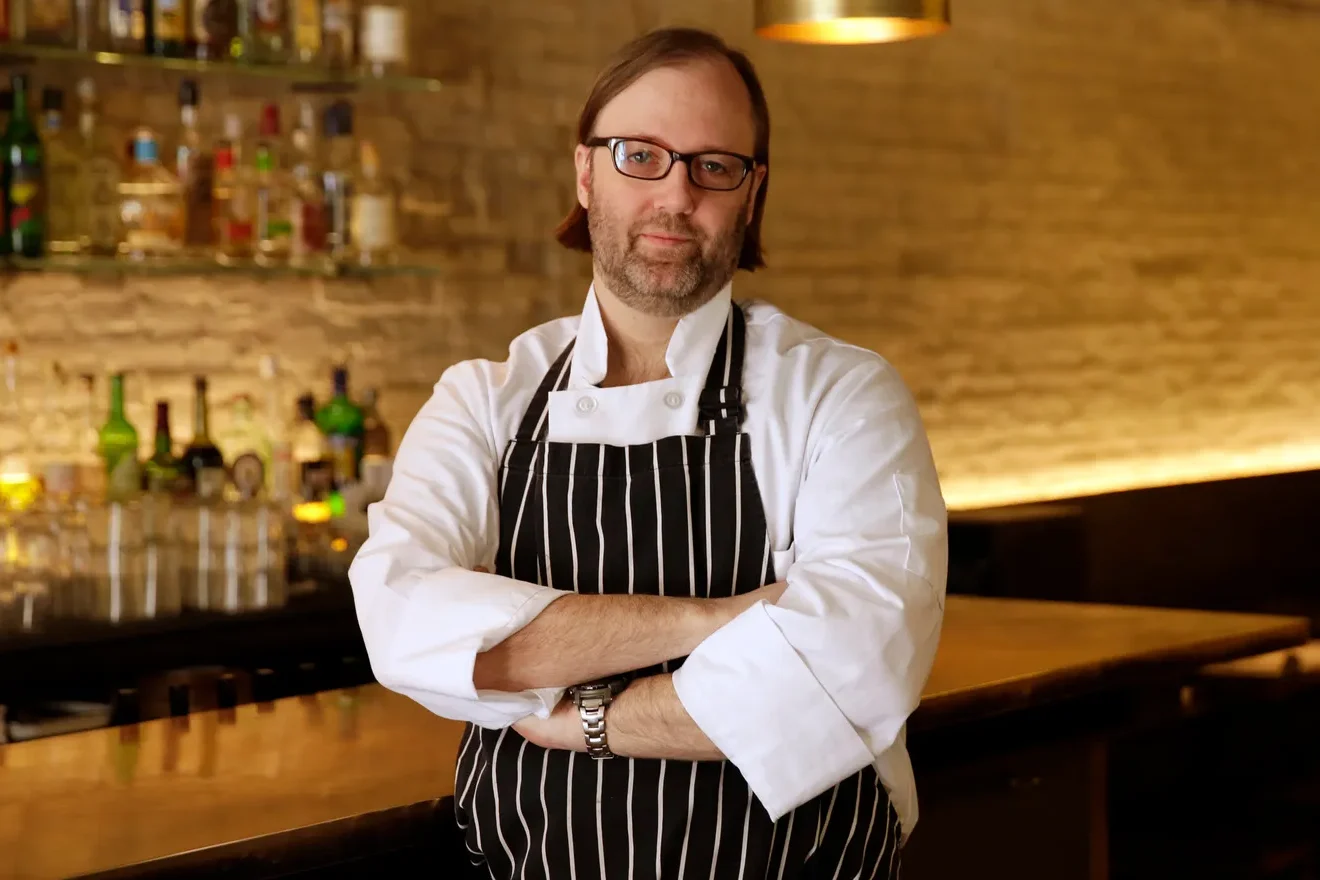
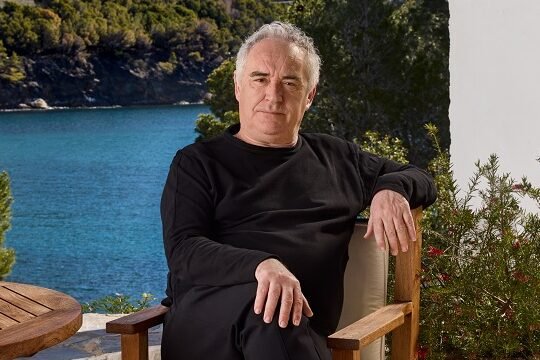
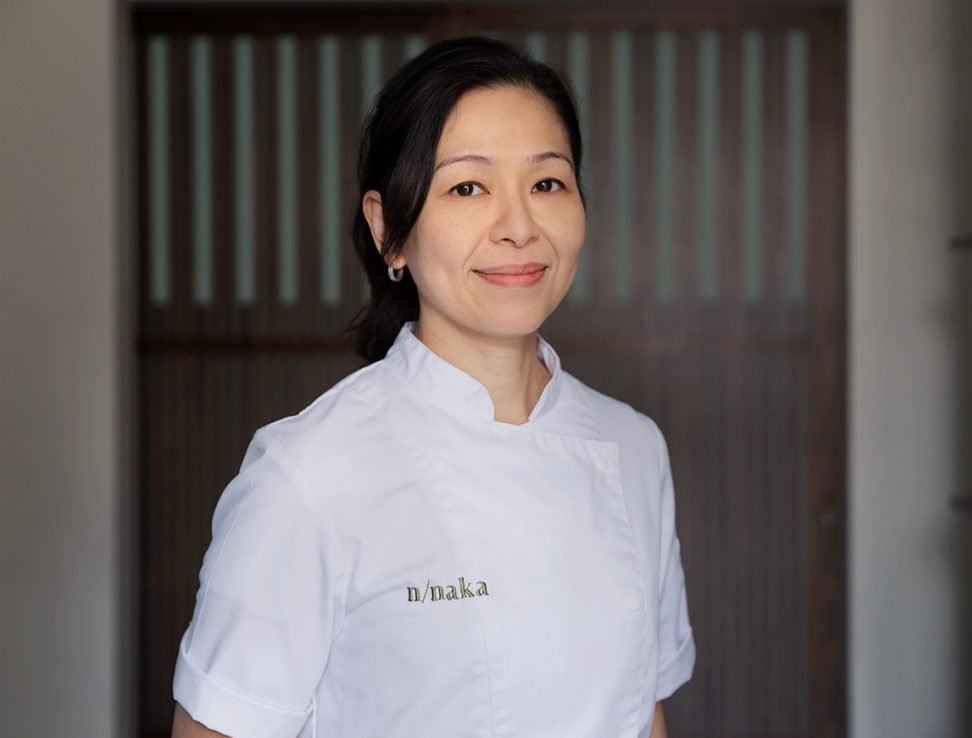
(1) Wylie Dufresne – Innovator of American Molecular Gastronomy – A pioneer in experimental cuisine, Wylie Dufresne redefined American dining with his scientific approach to cooking. At WD~50, he deconstructed classic dishes, introducing techniques like fried hollandaise and edible cocktails, pushing the boundaries of flavor and texture.
(2) Ferran Adrià – The Father of Modernist Cuisine – As the mastermind behind El Bulli, Ferran Adrià revolutionized fine dining by transforming ingredients into unexpected forms. Through foams, spherifications, and deconstructed dishes, he reshaped the global culinary landscape, inspiring chefs to blend science with creativity.
(3) Niki Nakayama – Merging Kaiseki Tradition with Innovation – A master of Japanese kaiseki cuisine, Niki Nakayama seamlessly integrates modern techniques like sous vide into her meticulously curated multi-course meals. At n/naka, she preserves the harmony and seasonality of traditional Japanese dining while embracing the precision of contemporary gastronomy.
💡 From Tokyo to Madrid, innovation isn’t replacing tradition—it’s expanding it.
Sustainability & The Future of Gastronomy
Beyond artistic expression, modern cooking technology has profound implications for sustainability and food security.
How Technology is Revolutionizing Sustainability
- Reducing Food Waste → Sous vide prevents overcooking and maximizes ingredient use.
- Resource-Efficient Cooking → Molecular techniques create intense flavors with minimal ingredients.
- Future of Alternative Proteins → Precision fermentation and AI-driven gastronomy could help address global food challenges.
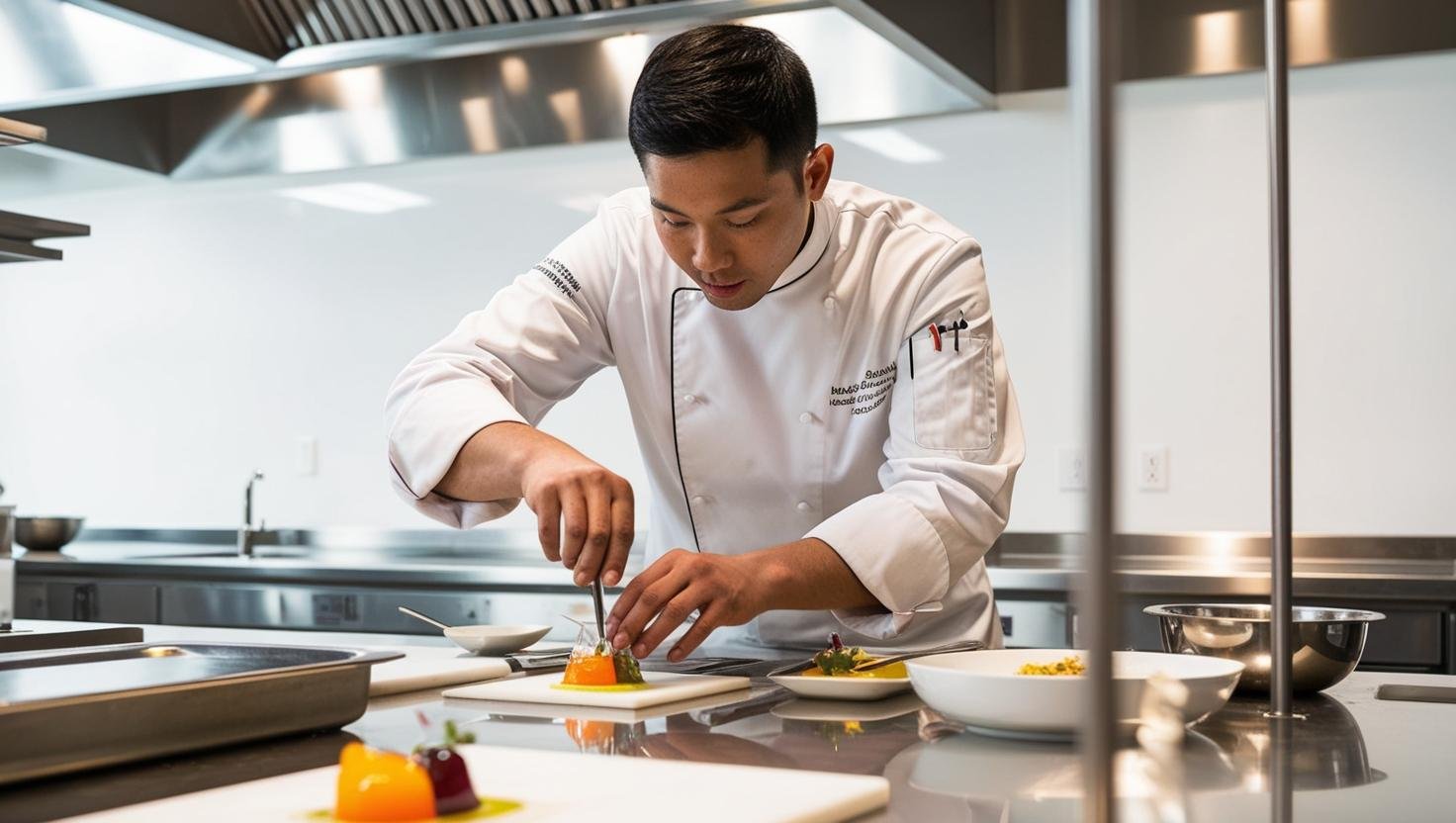
Sustainable Gastronomy in Action – Modern chefs are embracing technology-driven techniques to reduce food waste, enhance efficiency, and promote sustainability in fine dining. Through precision cooking and innovative ingredient use, sustainability is becoming a cornerstone of the culinary industry’s future.
💡 As technology evolves, so does its potential—not just to enhance flavor, but to shape a more sustainable culinary future.
The Future of Flavor: A Culinary Revolution in Motion
From fire and fermentation to liquid nitrogen sorbets, culinary innovation has always pushed boundaries. The future of food is unfolding in the hands of chefs, scientists, and home cooks alike—where tradition and technology collide to create something new.
Have you experimented with sous vide or molecular gastronomy at home?
Share your culinary creations with #PaletteSynthi, and be part of the conversation where food meets innovation.
From the precision of sous vide to the artistry of molecular gastronomy, the next chapter of food science is already being written—one experiment, one dish, one breakthrough at a time.



